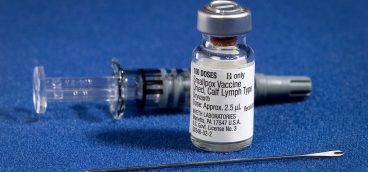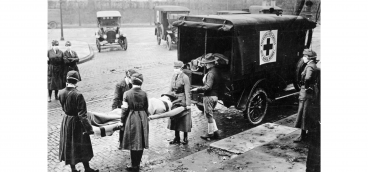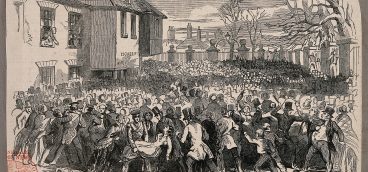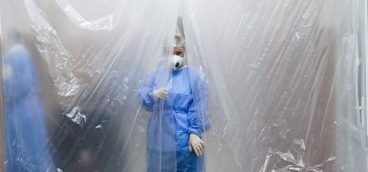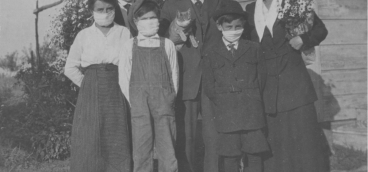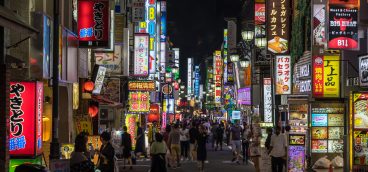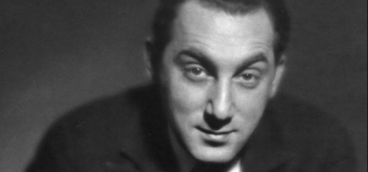The Real Numbers Behind the Vaccines

Let’s look at two more vaccine-hesitant groups of people:
People who live in rural areas
Previously in this series: Panic is a Virus Part VIII: Looking at Vaccine-hesitant People
I live within walking distance of two of the best hospitals in the world, but many people are not as lucky. Almost three-quarters of the counties in America are rural, but you would never know it from the location of top-tier healthcare facilities. The American Trauma Society defines a Level 1 trauma center like this:
“A Level I Trauma Center is a comprehensive regional resource that is a tertiary care facility central to the trauma system. A Level I Trauma Center is capable of providing total care for every aspect of injury – from prevention through rehabilitation.”
These Level 1 centers are best-of-the-best in the American healthcare system, and virtually all of them are located in urban areas. For example, California has 22 of these Level 1 centers, while Alabama has one and Alaska and Idaho have none. If you have a heart attack or any other serious emergency and you have to drive hours to a hospital that can help you, you are not going to fare well.
Hundreds of rural hospitals have closed over the past few decades and none has been replaced. Like African-Americans, rural Americans have been treated badly by the U.S. healthcare system for decades. When the healthcare establishment suddenly demanded that rural Americans take a vaccination that had been “rushed” into service, they were naturally reluctant to take this on face value.
These rural residents were wrong not to get vaccinated, but you can only treat people disgracefully for so long before they stop listening to you.
And finally: almost all of us
When the pandemic hit, everyone was in a panic, and when the vaccines quickly became available it was like a miracle – we were all going to be saved! The vaccines didn’t just protect us against COVID, they seemed almost to eliminate the risk of getting the virus altogether. Pfizer’s vaccine was “95% effective” in preventing COVID and President Bident told us what we wanted to hear: “You’re not going to get COVID if you have these vaccinations.”
Unfortunately, these statements weren’t true. And not only were they false – or at least seriously exaggerated – they were false in many different ways. Everyone at Pfizer and, for that matter, every medical scientist in America, knew that the statements were exaggerations, but no one spoke up. Presumably, they all felt that manipulating Americans into getting vaccinated was worth the lies. (Ironically, Biden himself was double vaxxed and double boosted but still got COVID.)
But the problem with lying to the public is that you need to be sure the public won’t find out they’ve been lied to. Once it became clear that the vaccines had been oversold, vaccine hesitancy grew until, eventually, it encompassed almost all of us. Let’s look at how this happened.
I want to begin by emphasizing that the COVID vaccines were a remarkable scientific achievement and that they saved many lives, primarily of elderly and vulnerable people. And that’s what we should have been told upfront: “These vaccines will help keep you from getting COVID, but mainly they will help keep elderly and vulnerable people out of the hospital, off respirators, and alive.”
To understand what was wrong with the brave statements about the vaccines, let’s do a brief review of the difference between the absolute and the relative effectiveness of drugs and vaccines. Whenever a new study comes out hyping some new drug, the headlines always – always – refer to the relative outcome, not the absolute outcome.
To understand the difference, let’s take a wildly exaggerated example. Pharma Company wants to prove that its new drug prevents – let’s say – peritonitis. It recruits two million people for its clinical trial. One million are in the control group, getting a placebo. One million are in the treatment group, getting the new drug.
When the trial is over, it turns out that 3 of the one million people in the control group got peritonitis, while only 2 of the one million people in the treatment group got it. The appropriate response to this is to burst out laughing. These differences, if they aren’t just random, are ludicrously small. But wait! The headline reads “New Pharma Drug Reduces Peritonitis by 50%!”
That is, of course, technically true: going from 3 to 2 is a 50% reduction. It’s also irrelevant. The absolute reduction in peritonitis cases, which is what people worried about peritonitis care about, is 0.000001. No one is going to bother taking this drug, and no insurance company is going to pay for it. But it was, in fact, a 50% relative reduction.
Now let’s go back to the Pfizer vaccine. The first thing to notice (and this is true of many clinical trials) is that the volunteers in the Pfizer study looked nothing like the American public – they were healthier, younger, and more motivated. Whatever results the trial got, those results would sure be much worse in the real world.
The results were as follows. The control group, who got a placebo shot, consisted of 18,325 people, and 162 of them got COVID. The treatment group, which got two vaccinations, consisted of 18,198 people, and 8 of them got COVID. This result is actually quite good and is in fact a 95% relative reduction in COVID occurrence.
But note that the absolute reduction is only 0.008 – eight tenths of 1%. Of the 36,523 in the study, only 170 of them got COVID and eight got COVID in spite of being vaccinated.
Based on these results, people should certainly strongly consider getting the vaccine, especially if they are elderly or vulnerable. But most people don’t get COVID, and when they get it most people have very mild cases. In other words, as with the flu shot, the main reason for most of us to get the COVID vaccine is to protect the vulnerable, not ourselves. The clinical study showed that we might get COVID even if we get vaccinated, and whether we get vaccinated or not our COVID cases are likely to be mild.
But there was more wrong with the vaccines than that they didn’t really prevent 95% of COVID infections or that we weren’t going to get COVID if we got the shots. We’ll look at that next week.
Next up: Panic Is a Virus, Part 10


